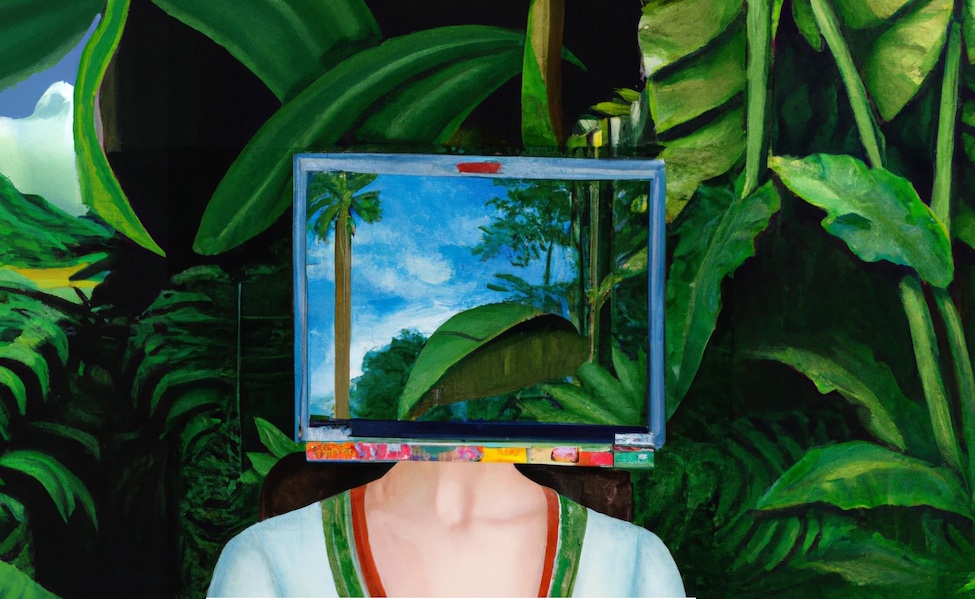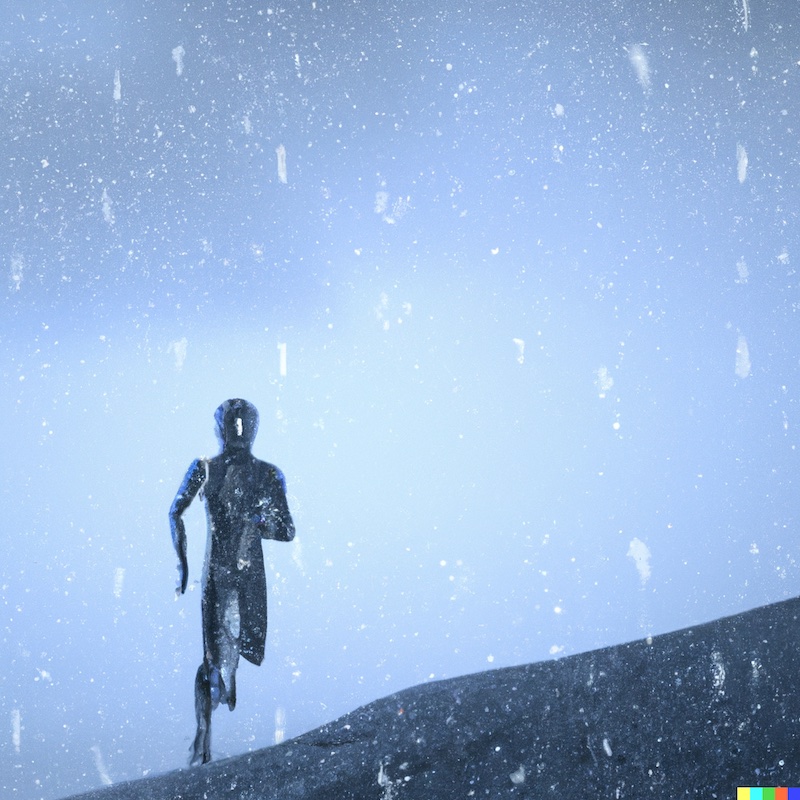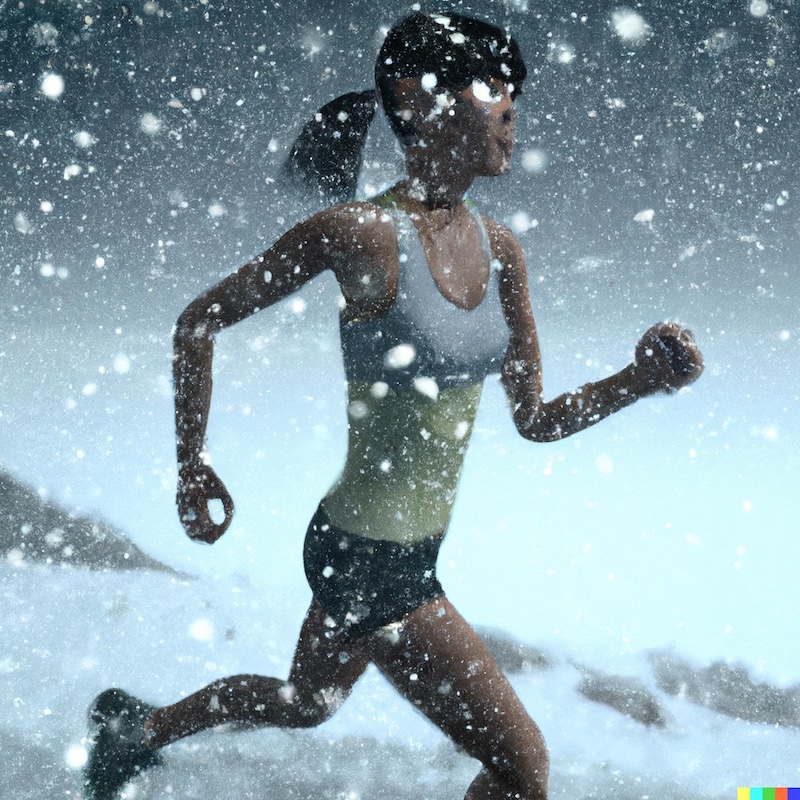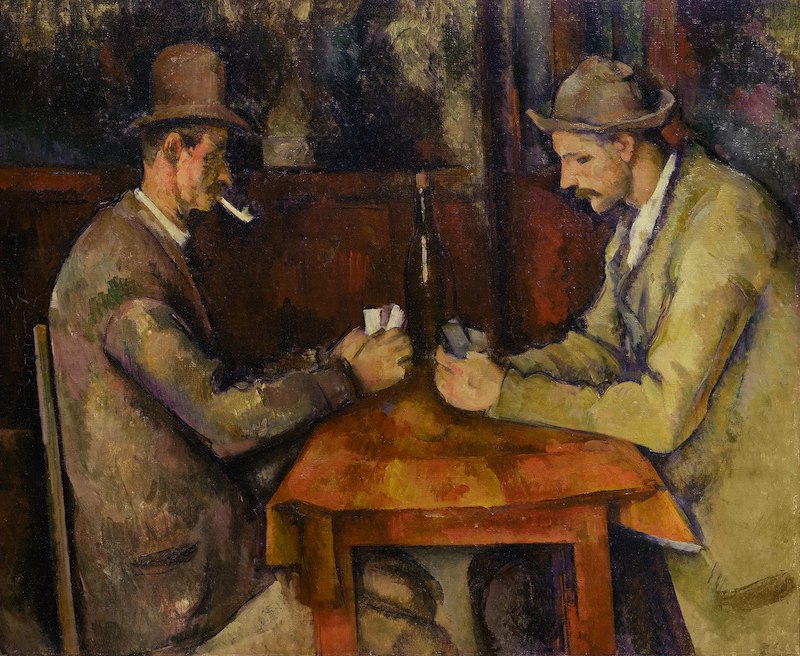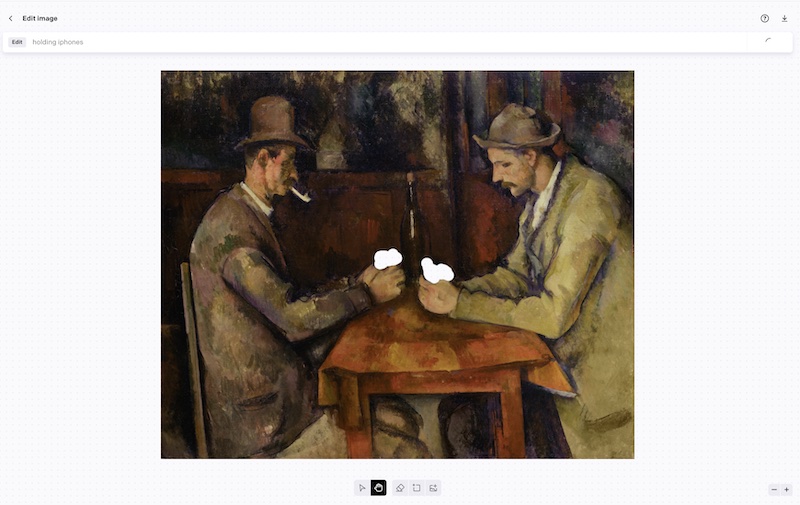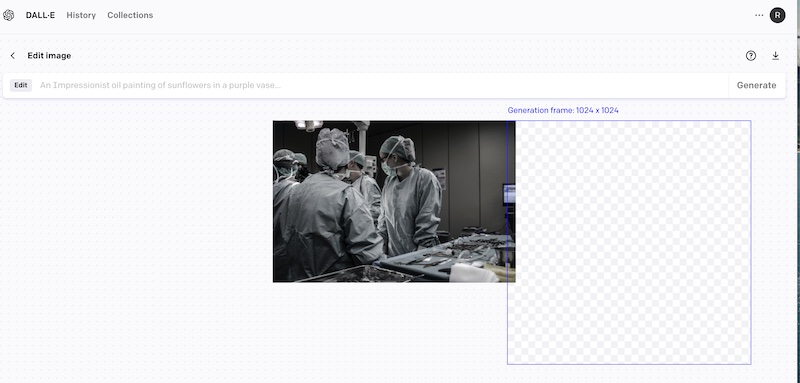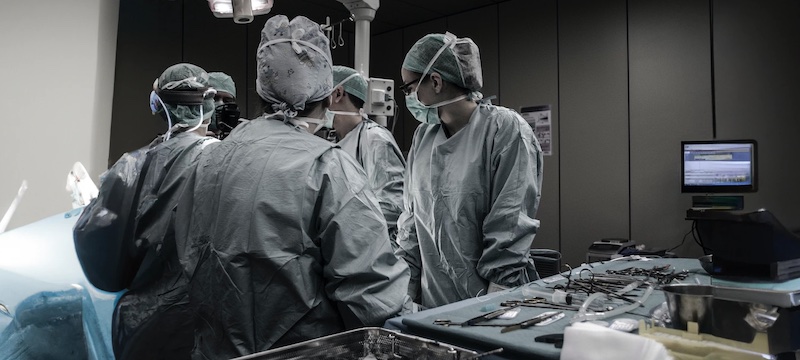This is the second article in our series on popular artificial intelligence-powered communication tools. You can read our first post, about ChatGPT, here.
DALL·E 2 is an AI-powered image generator and editor developed by OpenAI, the same company responsible for the chatbot ChatGPT.
The current version, introduced in November 2022, generates higher-quality images with greater resolution and detail than its 2020 predecessor, according to the company.
DALL·E 2 is free with limited use. You’ll get 50 free credits your first month, then 15 free credits each month thereafter. For $15, you can purchase 115 credits. Each image generation costs one credit.
We should note that DALL·E 2 isn’t the only AI image tool in town. Midjourney, Stable Diffusion, and Craiyon are just a few of the text-to-image generators getting attention lately.
Google announced its own AI art generator, Imagen, in May 2022, saying it produces an “unprecedented degree of photorealism” and sharing some of those results. (At the time of this writing, most of Imagen’s features are closed to the public.)
How DALL·E works
Give DALL·E a prompt and it will create a unique image based your description. For example, when I wrote, “3D render of long-distance runner running uphill in a blizzard,” it created several images, among them:
(Note the colorful DALL·E watermark in the lower right corner.)
DALL·E can also edit images, either ones it generates or ones you upload. It’s capable of:
- Generating variations of an image
- Modifying part of an image – for example, changing the background
- Extending the canvas of an image
To test this, I uploaded a file of one of the paintings in Paul Cézanne’s series “The Card Players”:
I then used DALLE’s eraser tool to remove the cards and asked it to replace them with something that would evoke a much more modern scene – iPhones.
This is what it produced:
Best uses for businesses and organizations
All of this is very fun. But is there any value for companies that create content?
With the understanding that programs like DALL·E will continue to become more precise and powerful, I would say right now it has limited function as a marketing tool.
Its most obvious advantages are that it’s:
- Free with limited use
- Fairly intuitive
This means that, in some cases, it may be a viable alternative to photo editing programs. (Photoshop, which has a significant learning curve, is currently available as a subscription for $20.99 per month.)
To see how this would play out, imagine this common website challenge: You have an image you want to upload to a page, but the dimensions don’t work. Perhaps you have a photo that you’d like to use as a hero header, but it’s just not wide enough.
If you have Photoshop and the skills to use it, you could play around with the content-aware scale feature, which allows you to expand the background of an image. But the results are uneven, depending on the picture.
An easier, cheaper, and more sophisticated way would be to create a generation frame in DALL·E.
A generation frame allow you to extend your canvas, using information from the current image and a prompt. In this case, two generation frames on either end of the image allow us to get the aspect ratio we need in order to make it an attractive hero image.
It may not be perfect, but it works – and it was created in just a few clicks.
In addition to fixing aspect ratio issues, DALL·E could be used to generate relevant, unique images to accompany blog posts, social media content, or even professional presentations – with some exceptions. Which brings us to…
DALL·E limitations
DALL·E struggles with creating realistic human faces and bodies, and it often produces images with gibberish text. Additionally, the fine details of certain objects – say, a building – are often distorted or hazy and thus don’t hold up to scrutiny.
Some of this could be improved by optimizing the prompts you’re providing, which seems to be a trial-and-error exercise. And each attempt will cost you credits.
Overall, in my experience, I found that DALL·E-generated digital art looked more authentic than its photography. In other words, if I needed a stock photo, I would go to Unsplash or Adobe Stock before I turned to DALL·E.
One last note on its limitations: It’s unclear how ownership issues will affect the images you generate with the tool. According to OpenAI, “you own the images you create with DALL·E, including the right to reprint, sell, and merchandise – regardless of whether an image was generated through a free or paid credit.”
That sounds straightforward, but not everyone is so sure. Quoted in Venture Beat, one attorney who specializes in AI and machine learning said, “If DALL-E is adopted in the way I think [Open AI] envisions it, there’s going to be a lot of revenue generated by the use of the tool. And when you have a lot of players in the market and issues at stake, you have a high chance of litigation.”
The bottom line
DALL·E is great fun. In the future – probably closer than we think – it will certainly become more robust and versatile. Right now, though, it has limited power as a marketing tool.
One thing remains clear: Programs like DALL·E will lead to more efficient content creation, but they’ll also continue to raise questions about authenticity and ownership.
Operating room photo by Piron Guillaume on Unsplash
